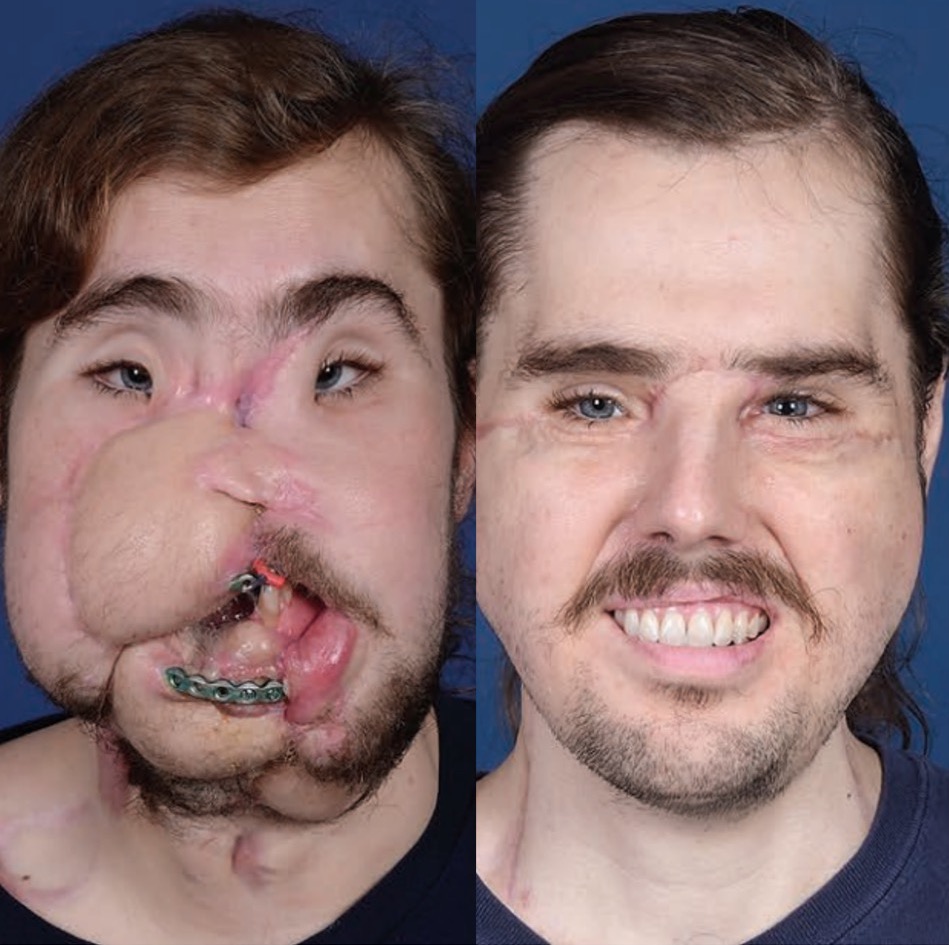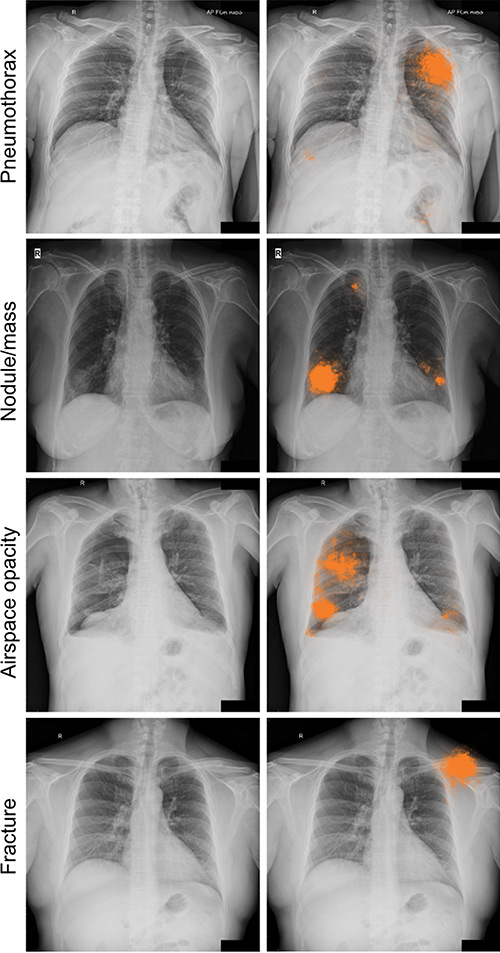Thriving Kids: Nurturing Pediatric Wellness

Thriving Kids: Nurturing Pediatric Wellness
Ensuring the well-being of children is paramount for their growth and development. Pediatric wellness encompasses a holistic approach to children’s health, addressing physical, emotional, and social aspects. Let’s explore key components of pediatric wellness and strategies to foster a thriving environment for kids.
Holistic Approach to Pediatric Wellness: Beyond Physical Health
Pediatric wellness extends beyond addressing physical health concerns. It embraces a holistic approach that recognizes the interconnectedness of physical, emotional, and social well-being in children. A comprehensive approach ensures that all aspects of a child’s development are considered for optimal growth and overall wellness.
Nutrition for Growing Bodies: Building Healthy Foundations
Nutrition is foundational to pediatric wellness, providing the building blocks for healthy growth and development. A balanced diet rich in essential nutrients supports immune function, cognitive development, and overall vitality in children. Educating parents and caregivers about nutritious food choices contributes to establishing healthy eating habits from an early age.
Physical Activity and Development: Fostering Active Lifestyles
Encouraging physical activity is crucial for pediatric wellness. Regular exercise not only promotes physical health but also supports cognitive function, social skills, and emotional well-being in children. Creating opportunities for active play and organized activities contributes to the development of strong, healthy bodies and positive lifestyle habits.
Emotional Well-being: Nurturing Mental Health in Children
Emotional well-being is an integral component of pediatric wellness. Fostering a positive and supportive environment at home and school is essential for children’s mental health. Encouraging open communication, teaching emotional intelligence, and addressing stressors contribute to building resilient and emotionally balanced children.
Preventive Healthcare: Regular Check-ups and Vaccinations
Preventive healthcare plays a key role in pediatric wellness. Regular check-ups with healthcare professionals allow for early detection of potential issues and monitoring of growth milestones. Vaccinations are crucial in preventing serious illnesses, protecting not only individual children but also contributing to community health by preventing the spread of contagious diseases.
Sleep Hygiene: Prioritizing Rest for Growing Bodies
Adequate sleep is fundamental for pediatric wellness. Establishing good sleep hygiene practices ensures that children get the recommended amount of rest for their age. Quality sleep supports physical and mental development, enhances immune function, and contributes to overall well-being in growing bodies.
Dental Health: Building Strong Oral Habits
Dental health is often overlooked but is vital for pediatric wellness. Teaching children proper oral hygiene habits, including regular brushing and flossing, contributes to strong teeth and gums. Regular dental check-ups help detect and address issues early, promoting a lifetime of good oral health.
Socialization and Peer Interaction: Building Social Skills
Socialization is a crucial aspect of pediatric wellness. Encouraging children to interact with peers, engage in group activities, and build friendships fosters the development of social skills. Positive social experiences contribute to emotional well-being and the formation of a strong support system for children.
Parental Involvement: A Cornerstone of Pediatric Wellness
Parental involvement is a cornerstone of pediatric wellness. Engaged parents actively participate in their children’s lives, providing emotional support, guidance, and a nurturing environment. Communication between







-1671631568.jpg)



























 It is said only the people who share the migraine pain could understand its severeness.
It is said only the people who share the migraine pain could understand its severeness.














